1. Fragments of the Ancient Necropolis, 1st – 2nd century
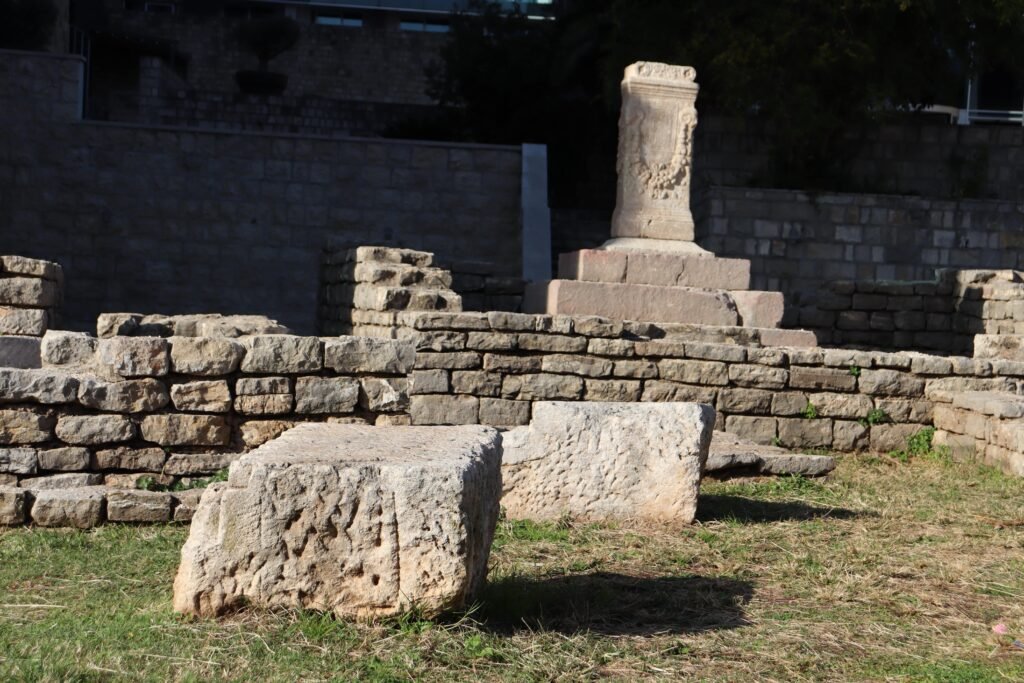
The Ancient necropolis, which used to be located near the Old Town, vividly testifies to the ancient period of Budva, as well as the time when Greeks and Romans were inhabiting these territories. The necropolis was accidentally discovered during the excavations for the foundation of the ‘Avala’ hotel when during the works in the period […]
2. Ancient Gate, 4th century BC
During the works on the restoration of the Old Town from 1981 to 1987, which was after the earthquake in 1979, parts of the older massive town walls with a city gate were discovered. Such a discovery led to the conclusion that the oldest settlement of ancient Budva was located precisely in the southern part […]
3. Roman Thermae, 1st – 2nd
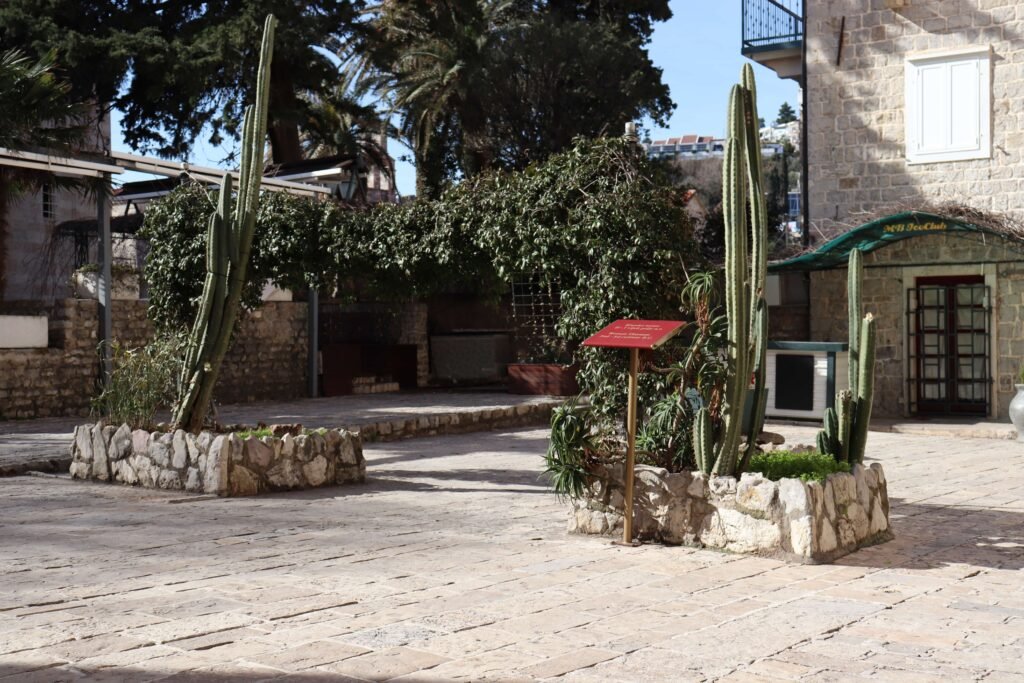
Roman baths were located on the square in front of the church of St. John the Baptist. The public baths were considered one of the central points of public life in ancient Rome. Like the majority of Roman cities, ancient Budva also had this type of public facility with authentic bathtubs, hypocausts and a firehouse. […]
4. Church of Saint John the Baptist, 7th-18th century
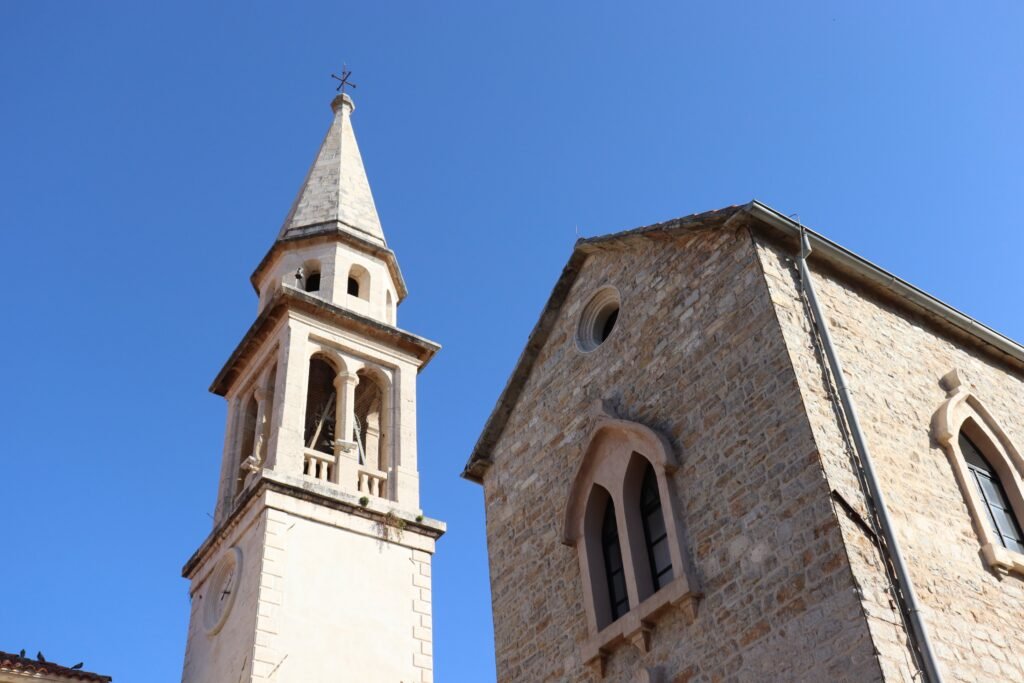
The unique church of St. John the Baptist has undergone a large number of significant changes during its existence. The church was originally built during the 7th century AD as a single-nave building, in a specific historical context when the area of the Budva coast was under the administration of the Byzantine Empire. During the […]
5. Early Christian Basilica, 5th-6th century
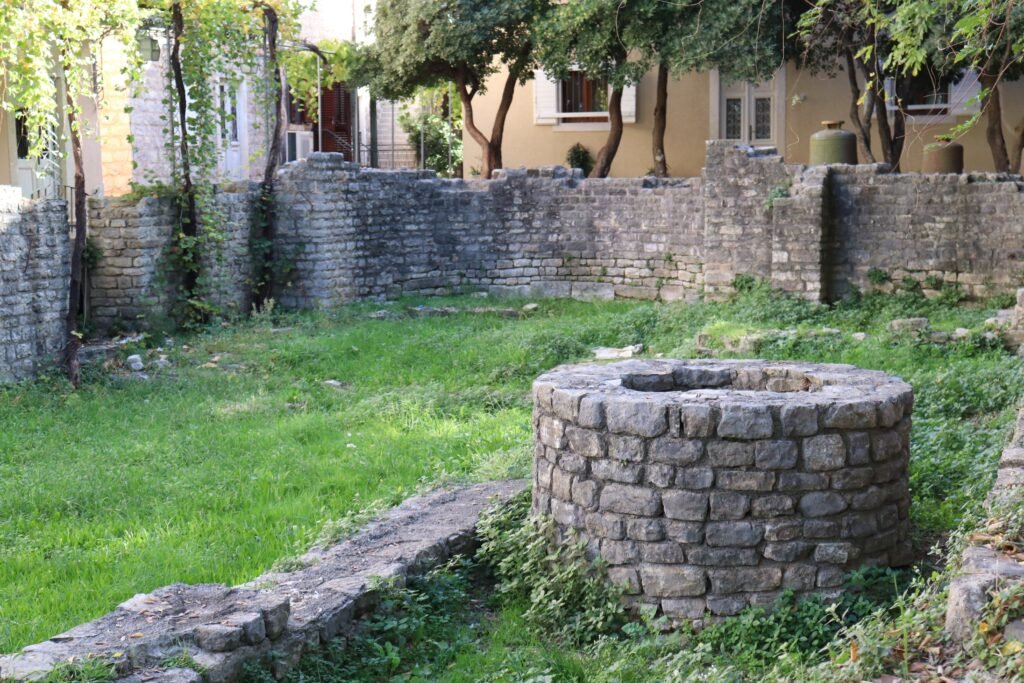
During the 1987 research, in the oldest part of the Old Town of Budva, the walls of a three-nave early Christian basilica with a semicircular apse and transept were discovered. The northern part of the transept of the basilica went under the bishop’s palace, while the southern part of the transept went under the retaining […]
6. Church of Holy Trinity, 19th century

After the supremacy of the Republic of Venice over Budva (1442-1797) and domination of the Roman Catholic Church came to an end, building churches for the Orthodox population was gradually approved. The construction of the Church of the Holy Trinity lasted from 1798 to 1804. The cultural, historical and artistic significance of the church marked […]
7. Church of Saint Sabbas the Sanctified, 12th century

The church of St. Sabbas the Sanctified is one of the oldest Christian sacred buildings on the territory of the Old Town of Budva. It is located on the prominent ridge, west of the citadel and along the sea coast. Inside the church is located a founder’s plaque which states that it was founded in […]
8. Santa Maria in Punta, 9th century

Santa Maria in punta is located in the extreme southwest of the oldest part of the town, near the town walls on the sea cliff. It is one of the most representative buildings of the Old Town. Its construction began during the 9th century when territories of the coast of Budva began to be inhabited […]
9. Castio of Saint Mary (The Citadel)
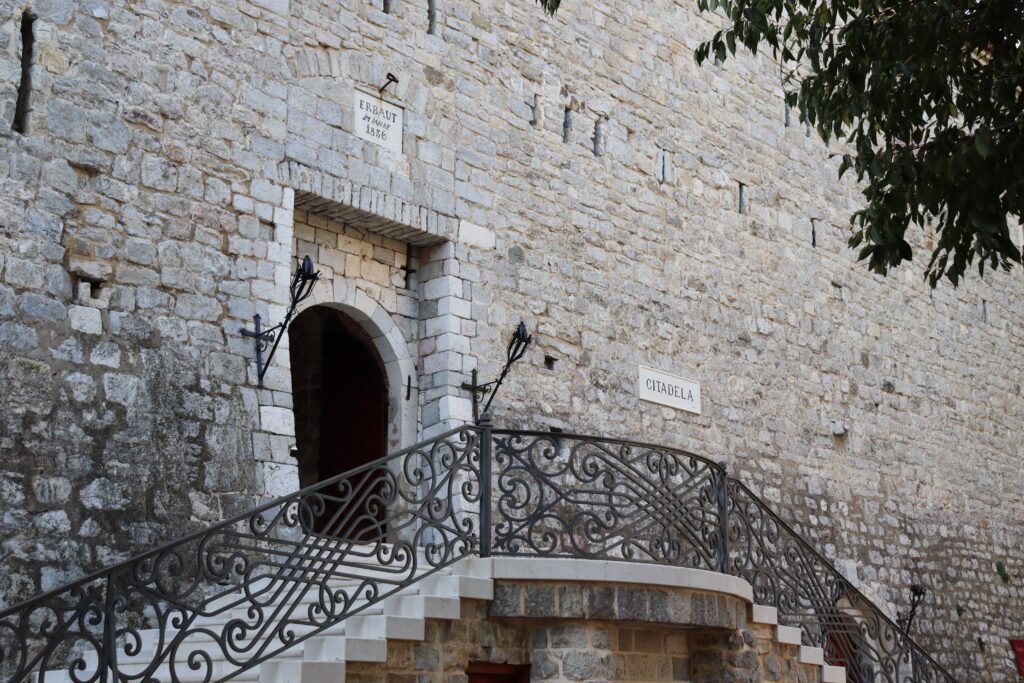
A certain form of town used to exist in the area of the current Citadel. With the arrival of the Greeks in the Hellenistic era, the elevated position of the castle was used to transform the location into an ancient acropolis. The present-day appearance of the Citadel is the product of medieval architectural practices, the […]
14. Archaeological Museum of Budva
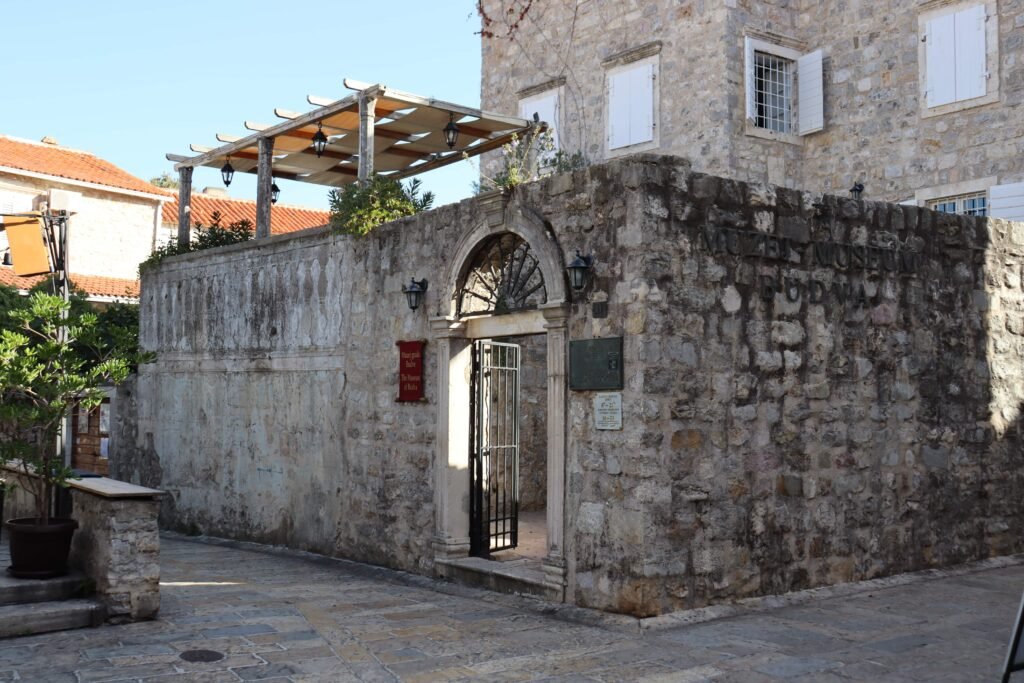
The Archeological Museum of Budva is a typical urban building with a Renaissance style and concept. The building is characterized by a large arched Baroque portal which leads to the courtyard part of the museum and its vestibule. The terraces as well as baroque columns can be spotted on the building. On the eastern side, […]
